
Elizabeth Barrett Browning might today be known to popular readers as one half of a grand literary couple. While her love story is certainly one for the ages, Barrett Browning was in her time one of the most successful and lauded poets in Europe. Her works were widely read, controversial enough to ruffle some (mostly male) feathers, and good enough to propel her name onto the lips of everyone in England as they debated who should be named the next Poet Laureate upon William Wordsworth’s death (an honor which ultimately went to Alfred, Lord Tennyson). While some still debate the various nuances of her work, upon examination we can understand why Rose Standish Nichols would have collected the works of this brilliant woman.

EBB, or “Ba,” as she was called as a child, was born in 1806 in Durham, England. She would go on to have eleven younger siblings, sharing her father’s new property at Hope End with them. Both of her parents came from families who owned land and plantation in Jamaica, a fact which led EBB to believe there was a curse upon her family–a curse caused by being complicit in profiting from slavery. As such, EBB was against slavery, and was “glad” when slavery was abolished in the British colonies with the Emancipation Act of 1833. [1] Her poem, “The Runaway Slave at Pilgrim’s Point,” explores the themes of slavery that EBB was concerned with.


By the 1830s the Barretts moved to London, where EBB met and mingled with John Kenyon, the highly successful and influential Mary Russell Mitford, and William Wordsworth. After suffering from further illnesses, EBB confined herself to her home on Wimpole Street. During her confinement she wrote and was published so prolifically that fan Edgar Allan Poe, who read her Poems published in America in 1844, dedicated The Raven and Other Poems (1845) to EBB, “the noblest of her sex.” [3]


Her relationship with fellow poet Robert Browning began in 1845, when Browning wrote to EBB after she expressed her admiration for his works in one of hers. They wrote to each other for months, until she finally agreed to his proposal of calling on her at Wimpole Street. After roughly 90 visits, EBB agreed to marry Browning, setting of a chain of events which led to great happiness and great sorrow. Her father, and consequently her siblings, did not approve of her marrying out of the family, cut her off from any further funding. In Italy, where EBB and Browning had made their way so that she could live in a better climate, EBB experienced four miscarriages and one successful pregnancy, giving birth to a son known as Pen. It was during these married years traveling between Rome, Paris, and London that the Brownings became part of a literary circle which consisted of many lauded writers, including themselves. [4]

In 1856 EBB’s most enduring (and controversial) work was published: Aurora Leigh.
An epic poem written in blank verse, Aurora Leigh is arguably EBB’s most overtly feminist–and therefore controversial– work, because of its focus on the woman question and the Victorian fallen woman. Today, this work is remembered as Barrett Browning’s crowning achievement; it is hardly a wonder that Rose Standish Nichols collected the works of this champion for female empowerment.
Notes
[1] Marjorie Stone, ‘Browning , Elizabeth Barrett (1806–1861)’, Oxford Dictionary of National Biography, Oxford University Press, 2004; online edn, Oct 2008.
[2] Ibid.
[3] Ibid.
[4] Ibid.
By Victoria Johnson, Visitor Services and Research Associate.







![IMG_6385 Bernard's inscription to Rose: "To Rose Nichols / With the best remembrances of friendship of / Bernard Berenson / [illegible]/ March 1950"](https://nicholshousemuseum.files.wordpress.com/2017/07/img_6385.jpg?w=416&resize=416%2C555&h=555#038;h=555)


![IMG_0002 Queen [H]elena of Italy*, Nichols Family Photograph Collection.](https://nicholshousemuseum.files.wordpress.com/2017/07/img_0002.jpg?w=417&resize=417%2C639&h=639#038;h=639)


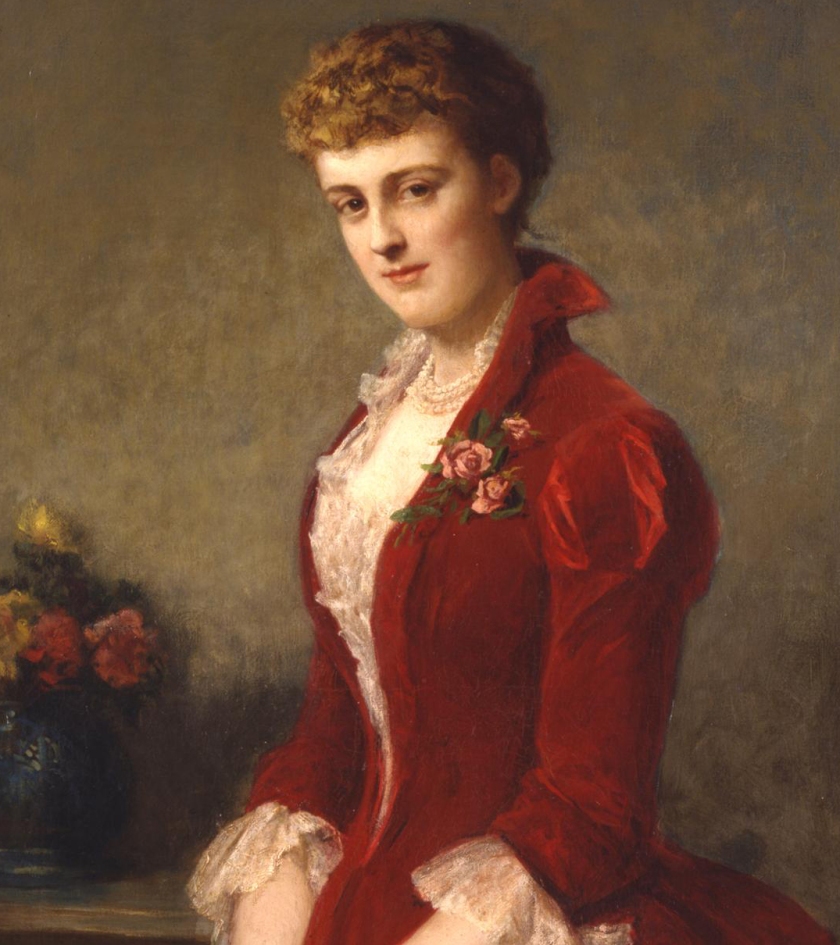


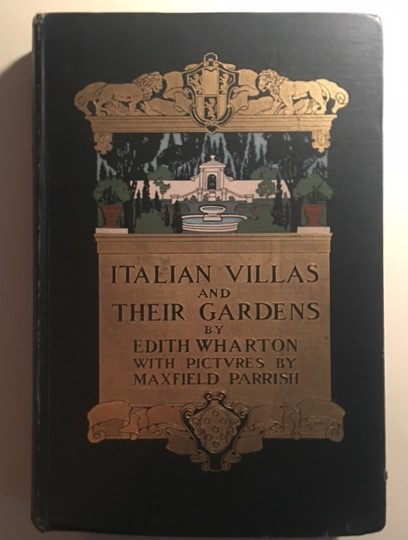























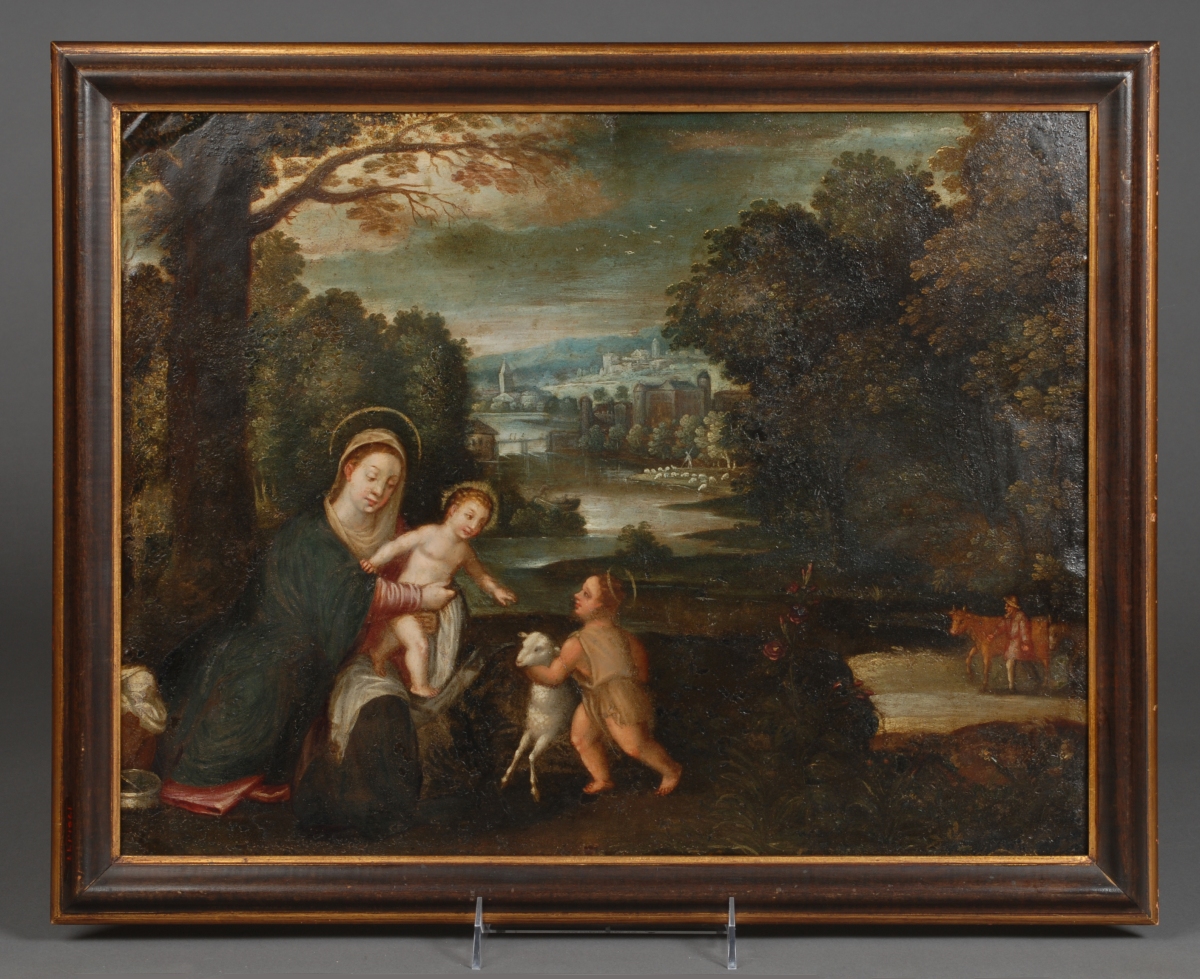
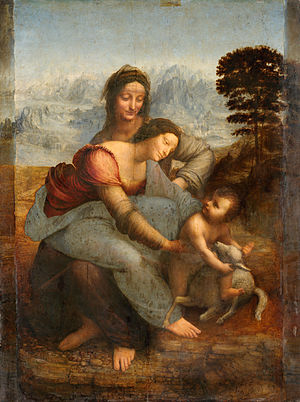
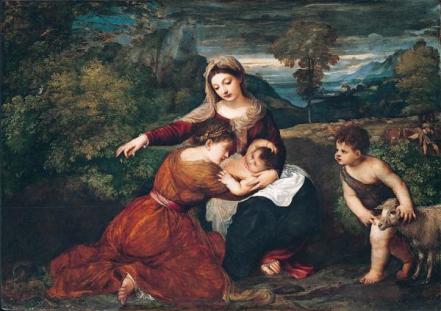
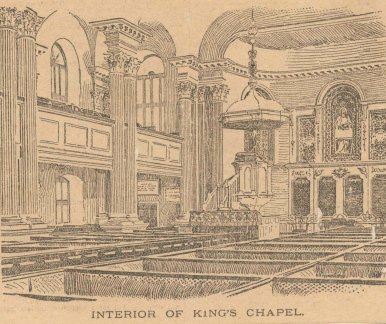
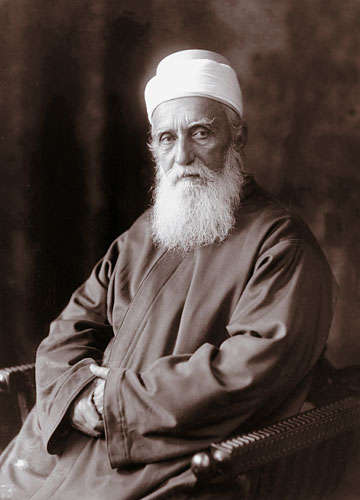
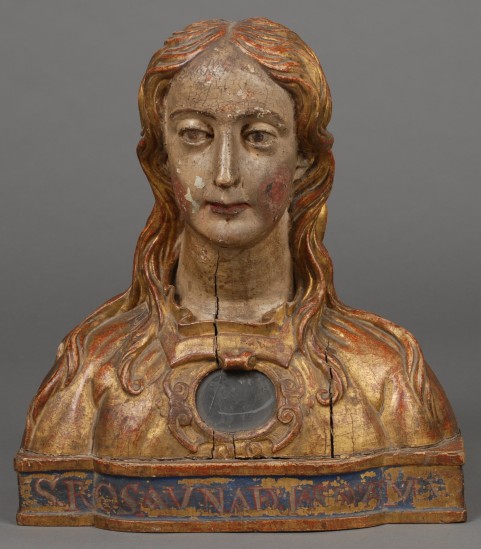
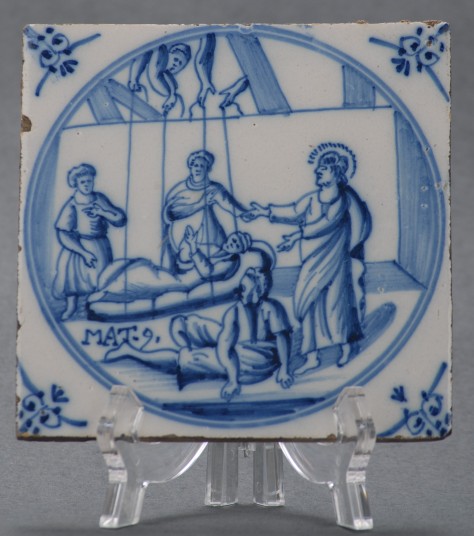









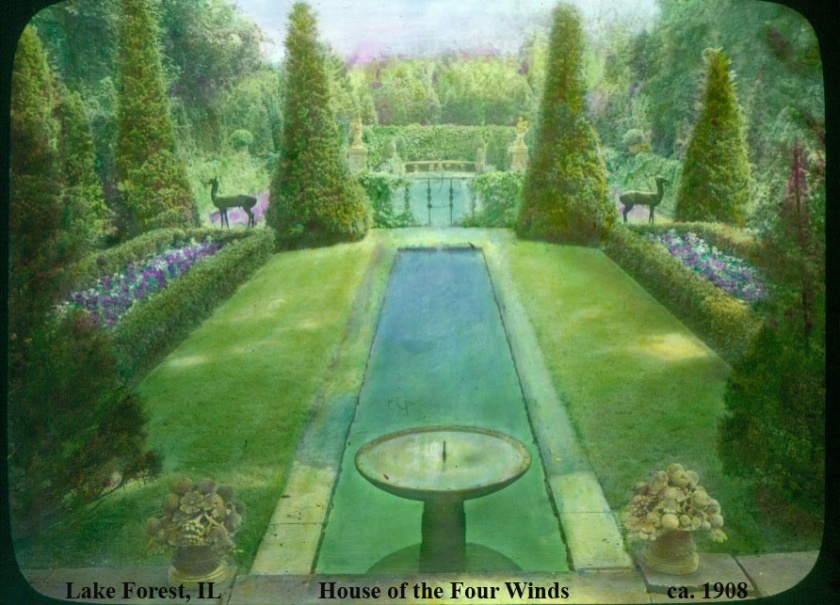
You must be logged in to post a comment.